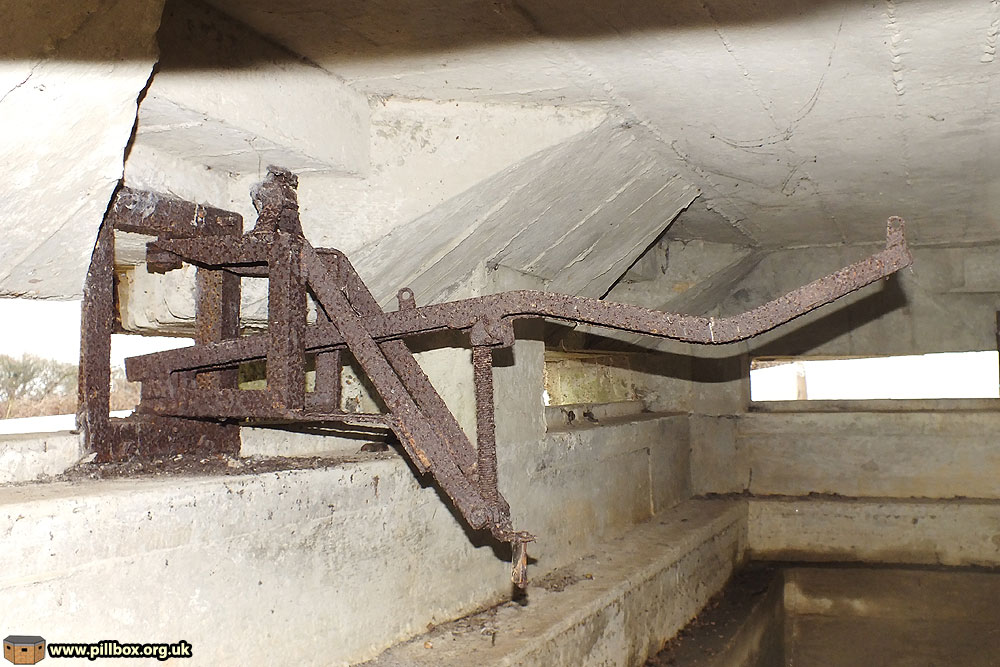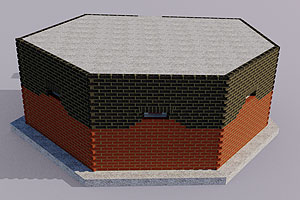Review of 2016
Posted: 8 January 2017 13:03
2016 has been a busy year for me, so much so that I've achieved little on several key fronts.
The project began on 10 March 2006 making this year my tenth anniversary!
Documentary research in 2016 has been almost non-existent - just three visits to the National Archives at Kew in the entire year. This has been partly due to rail strikes preventing me from getting to Kew, but also because I've been working flat-out (quite often 12-18 hour days) rebuilding my underlying IT system.
Because the project was only anticipated to be a short-term sideline of mine, the original website did not incorporate the structure, flexibility and scalability that I found myself needing a few years later. I have been working for the past two years to migrate my entire dataset not only into a new structure, but also away from legacy technology.
The website as it currently stands is a stop-gap launched in April 2016; I hope that 2017 sees me finish the whole ICT rebuild.
Fieldwork
Having looked back through my fieldwork for 2016, I can see a large gap in my blogging; each of the projects below deserves a detailed post of their own. If I can find time, I may revisit some of these and write them up fully. A lot of fieldwork, however, was undertaken at sites that are private and so I have not mentioned them.
Saving the Stone Cross pillbox
A new housing development at Stone Cross threatened a pillbox, which had been due to be demolished. Myself and Stewart Angell triggered an emergency listing request, which saw Historic England record the pillbox as a Grade II listed structure.

One key surviving feature was the Turnbull mounting in one of the embrasures:

Friston Airfield defences
One of the excavations run by Sussex Military History Society in 2016 involved some work at the former RAF airfield at Friston. We were able to excavate two pairs of concrete pipes that mounted twin Browning machine guns for anti-aircraft defence on the airfield perimeter. Evidence of drainage and the pedestal mount for the guns was found.


The dummy pillbox
In the summer, our dummy pillbox went on the road again, making it to a few shows. We worked hard to rebuild it, converting it from a Type 22 pillbox to the larger Type 24 pillbox configuration. The modifications proved very successful and everyone who visited, loved it! Look out for the pillbox in 2017.


Rye Radar Station
Towards the end of the year, we had a chance to visit the site of Rye Radar Station, which is actually just inside Kent. The general layout of the site is still discernible, although some of the buildings have been demolished down to the foundations. We did an excavation and survey of a Lewis gun anti-aircraft emplacement and set up a Bren gun on a tripod to get an idea of how the set-up worked.



Rye pillboxes
Also in the eastern end of the county, we had an opportunity to have a guided tour of some of wartime remains at Rye itself. The area is a vast expanse of shingle, but with some local knowledge we were shown some pillboxes that hitherto had just been map references in my database. To find that evidence of five structures still survived (ranging from a foundation slab to a partially demolished example to complete pillboxes) indicates just how much there still is to find in the landscape.


Minefield fence
In December I had an opportunity to participate in a small-scale survey of a patch of ground in a coastal area. Finds included two corkscrew 'silent' pickets, used to hold barbed wire in place around a minefield. The mines had been removed in 1944 and the excavation showed that these pickets had simply been cut off at ground level, rather than unscrewing them.

What's in store in 2017?
My predictions for the future of my research usually turn out to be completely wrong, so maybe don't put too much emphasis on what I say!
Firstly, I need to get my ICT system sorted as everything else in the project relies on it being fully functional. Once this is done, my output of material should increase.
For ten years now, I have discussed the possibility of writing books. I did actually begin about a year ago; while this was not exactly a false start (the ICT stuff took priority), I need to start picking up from where I left off. I'm hoping that 2017 will see some actual movement on this.
On the fieldwork front, there's a handful of potential excavations on the cards, but I don't yet know what and when.
As usual, just keep watching this space or follow me (@sussexPillbox) on Twitter!
- Pete

Email:
Blog Latest

Bishopstone reveals its pillbox secrets
18 October 2021

Pillbox or Observation Post?
10 June 2020

Uncovering the hidden secrets of a pillbox
8 June 2019

Review of 2018
31 December 2018

Wartime Christmas in East Sussex (2)
24 December 2018
Jargon-buster
Embrasure
A loophole or slit that permits observation and/or weapons to be fired through a wall or similar solid construction.
Pillbox
Generic term for a hardened field defensive structure usually constructed from concrete and/or masonry. Pillboxes were built in numerous types and variants depending on location and role.

Turnbull Mounting
A steel framework that allowed a machine gun to be mounted in an embrasure of a pillbox or other defence work. The mounting could be used with a variety of weapons, such as the Vickers Gun and Bren Gun. Traverse and elevation gear allowed the weapon to be fired on fixed lines.

Type 22 pillbox
A small hexagonal pillbox for six men not commonly seen in East Sussex, though a few still survive along the Royal Military Canal stop line.

Type 24 pillbox
A six-sided (but not a regular hexagon) pillbox. The Type 24 is the most frequently seen pillbox in East Sussex, mostly along stop lines. It can be found in thin wall (30cm) or thick wall (1m) variants.
This site is copyright © Peter Hibbs 2006 - 2024. All rights reserved.
Hibbs, Peter Review of 2016 (2024) Available at: http://pillbox.org.uk/blog/245386/ Accessed: 27 July 2024
The information on this website is intended solely to describe the ongoing research activity of The Defence of East Sussex Project; it is not comprehensive or properly presented. It is therefore NOT suitable as a basis for producing derivative works or surveys!